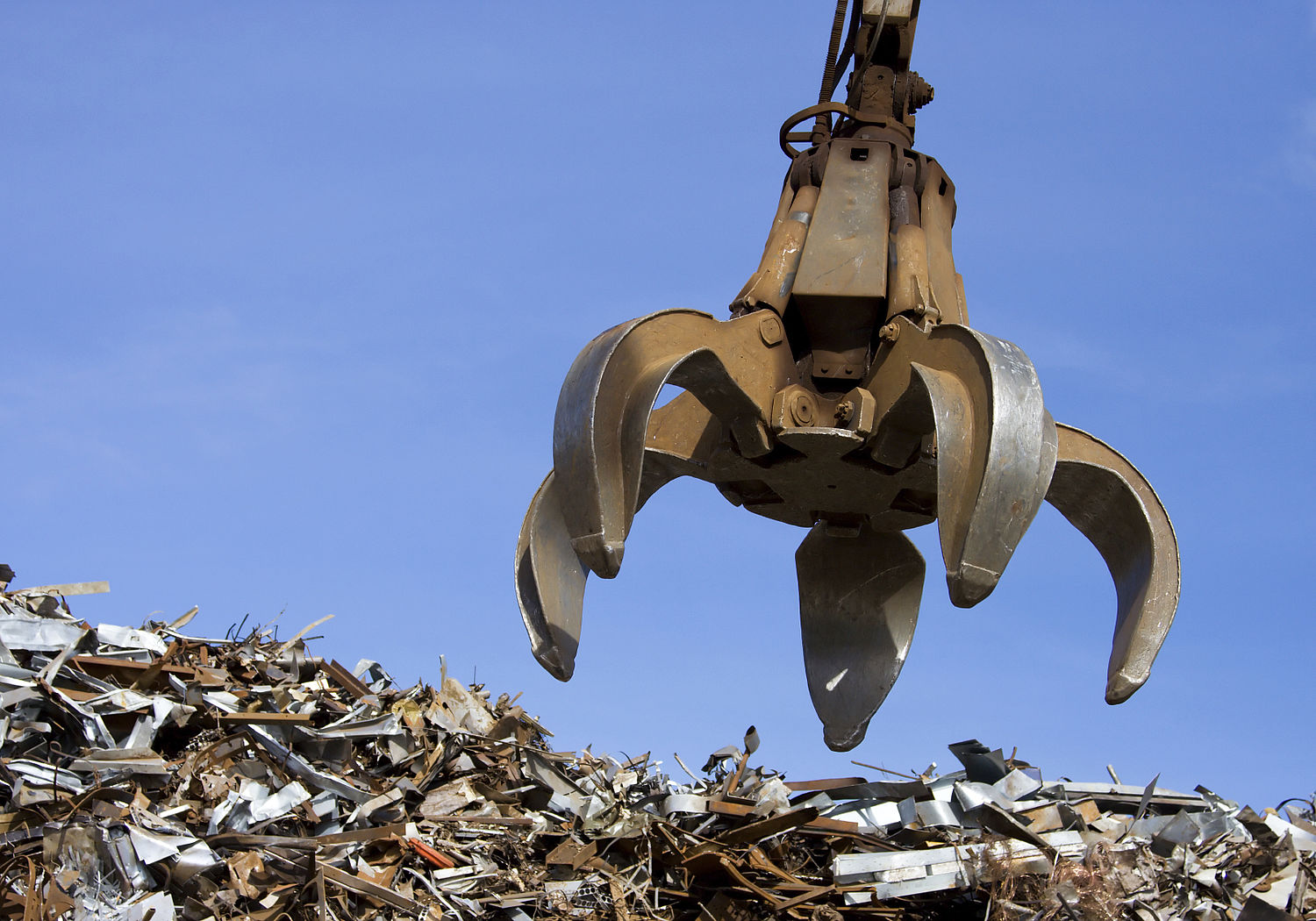Ionising radiation metrology for the metallurgical industry
Short Name: MetroMetal, Project Number: IND04
Measuring radiation in scrap metals: Preventing the spread of radiation in European steel
Steel mills across Europe use radiation detection portals to test incoming scrap material for the presence of radioactive sources. However, under certain circumstances, detection portals can fail to detect radiation, leading to contamination of steel and steel by-products and expensive clean-up costs. In addition, the use of different detection systems in steel mills, based on different technical approaches, leads to different assessments of radioactivity, making it difficult to compare detection results between mills. This creates the potential for trade disputes and contaminated steel products. Therefore, improved detection devices, based on the best-performing technologies, are needed to provide improved and more reliable identification and quantification of contaminants at all stages of the steel production process.
This project aimed to establish common standards for radioactivity monitoring in steel mills and reliable certification of the non-radioactivity of steel and by-products. The project:
- Developed SI-traceable methods optimised for the control/measurement of radioactivity at each stage of the smelting process. This included the development of certified reference materials representative of typical scrap loads, metal products and fume dusts found in the smelting industry, and recommended industrial measurement methods.
- Made the recommendation that the best alternative to the current measurement systems used in industry to measure the activity of cast steel and slag samples is gamma ray spectrometric devices using either a germanium (Ge) detector or BeCr3 scintillator.
- Designed and validated prototype gamma ray spectrometric devices based on Ge detectors and BeCr3 scintillators for scrap loads, metal products and fume dusts.
The project successfully tested the prototype devices at steel mills in Portugal, the Czech Republic and Spain demonstrating that they could rapidly and accurately identify contaminants and meet a rage of technical performance required by the smelting industry. The certified reference materials developed are already in use at five steel mills across Europe leading to better detection of radioactivity during production and more consistent certification of steel batches. The project team are also in discussion with the steel industry and standardisation committees regarding the development and improvement of technical standards for certifying cast steel. The longer-term aim is robust and consistent certification of steel, so ensuring human and environmental safety while reducing unnecessary ‘false alarm’ events at industrial sites.
Coordinator: Eduardo García-Toraño (CIEMAT)
For more information, please contact the EURAMET Management Support Unit:
Phone: +44 20 8943 6666
E-mail: empir.msu@euramet.org
- EMRP Industry theme impact case studies
- News: EMRP project IND04 MetroMetal prototype tested in industry
Applied Radiation and Isotopes
Applied Radiation and Isotopes
Journal of Radioanalytical and Nuclear Chemistry
Radiation Physics and Chemistry
Nuclear Instruments and Methods in Physics Research, Section A
Journal of Radioanalytical and Nuclear Chemistry
Applied Radiation and Isotopes
International Journal of Metrology and Quality Engineering
